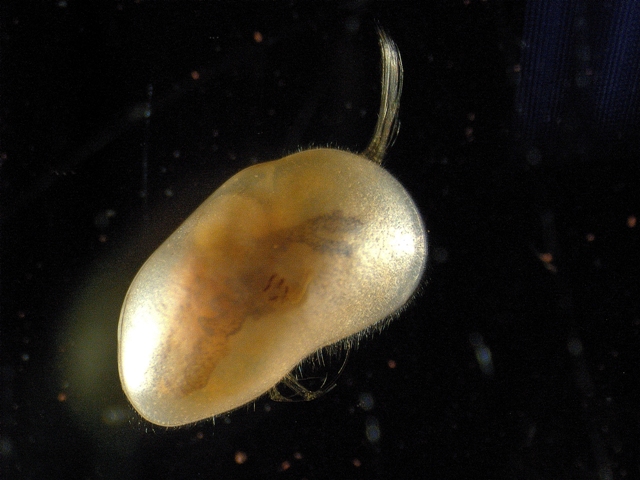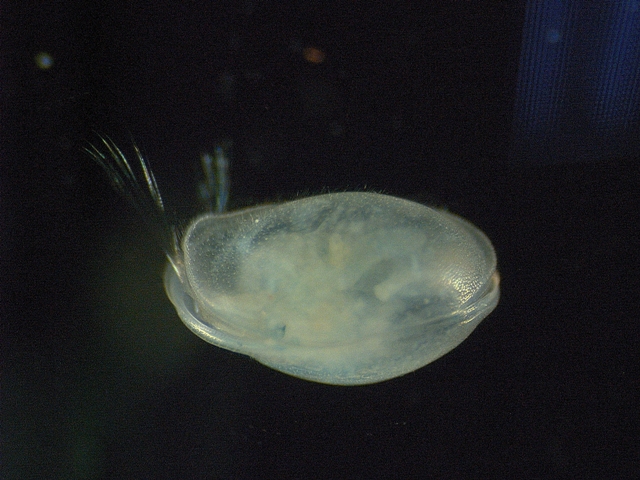Key to Australian Freshwater and Terrestrial Invertebrates
Phylum Arthropoda
Subphylum Crustacea
Class Ostracoda
Common names: ostracods, seed shrimps, mussel shrimps
Overview
Distribution and diversity
Life cycle
Feeding
Ecology
References and further information
Atlas of Living Australia: Ostracoda
Encyclopedia of Life: Ostracoda
Tree of Life: Ostracoda
Identification and Ecology of Australian Freshwater Invertebrates - Ostracoda
Key to Families of Australian Aquatic Crustacea
crustacea.net - Ostracoda










